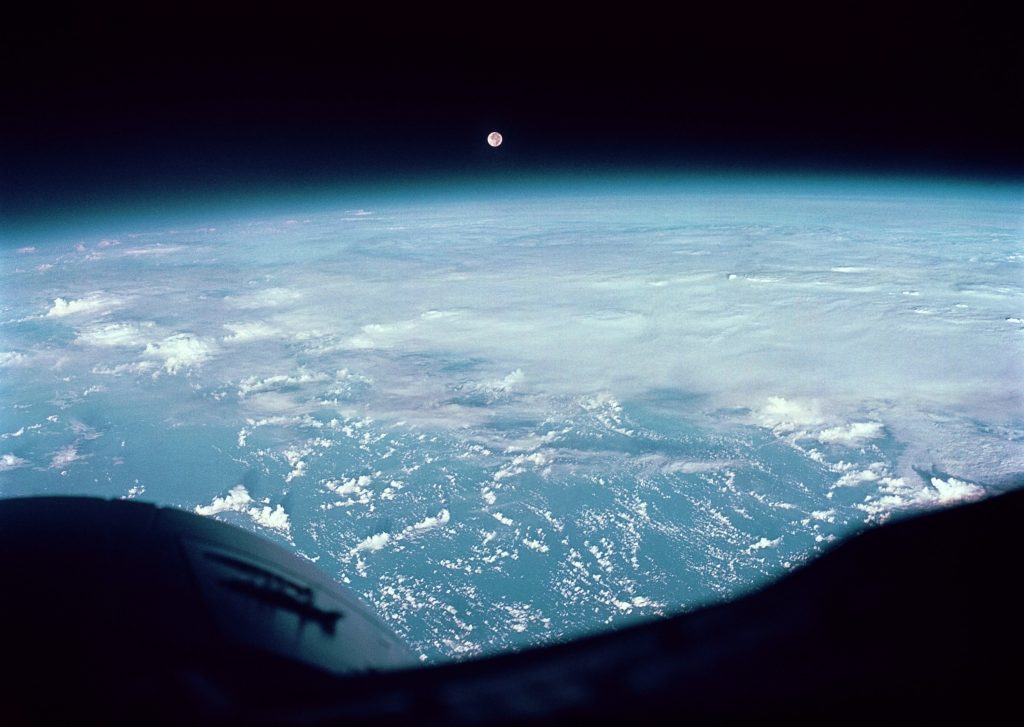Analysis: OneWeb is grounded, but LEO satellites still hold promise for IoT and edge

It has been a month since would-be orbital networker OneWeb Ltd. filed for Chapter 11 reorganization, and despite a surprised business media, the low Earth orbit (LEO) industry still stands, especially those targeting the edge computing opportunity.
OneWeb launched itself eight years ago promising consumers everywhere high-speed and low-latency Internet access. Its egalitarian gloss and the prospect of more Internet-generated revenue along with the rapid commercialization of space won the company a lot of attention.
OneWeb raised $3 billion in four rounds, principally from SoftBank Group, Qualcomm Ventures, Virgin Group, Airbus, Intelsat and a group called Coca-Cola Founders, according to CrunchBase. To date, the money has put 74 of a promised 720 microsatellites in low-earth orbit (LEO).
So, when executives filed for protection from the company’s creditors so that the team could sell the firm, many in the industry again took special notice of OneWeb. Executives talked about how they were victims of funding drying up during the COVID-19 quarantines. (The virus is affecting investments, but at this point, mostly startups that are heavy on costs and light on revenue are the ones affected.)
The main issue was OneWeb’s high burn rate combined with problems at SoftBank, a key investor that has had issues with multi-billion dollar write-down of the value in investments in companies like WeWork, Oyo, and Uber. SoftBank provided $2 billion out of the $3.4 billion that OneWeb raised. Activist SoftBank shareholders have agitated to get OneWeb off the books as well.
And somewhere in there, OneWeb executives realized that putting satellites 745 miles in space – actual rocket science – is their easiest to-do. Even if they can make their numbers with satellites, they still have no ground game. Making sophisticated antennas and ground-based satellite terminals that are affordable for consumers has proven insurmountable so far (including for Elon Musk’s SpaceX and Jeff Bezos’ Blue Origin).
So, OneWeb’s leaders sidled from visions of Netflix’s “Tiger King” delivered to mobile devices around the globe, and started talking up airlines, shipping, enterprise and government markets. That is where the innovators with the greatest chance of seeing profit already are.
Focusing on IoT and edge connectivity
While the shift came too late for OneWeb, a good example of how to make incremental shifts from earthbound communications to satellite is Sigfox S.A. in France. It is pushing its wireless network, which Sigfox calls 0G (as opposed to 4G or 5G). Its business model is to offer cheap (around $1.50 each) IoT devices sending bursts of data over its proprietary low power WAN service. The company says it moves 26 million messages daily from 15.4 million devices; shortly, it will partner with Eutelsat to enable broader wireless coverage using LEO satellites. Incidentally, Eutelsat is mulling a bid on OneWeb’s spectrum assets-that is, the rights OneWeb has to wireless “channels” used to communicate with satellites.
Then there is Kinéis, another French company, with plans for a 25 nano-satellite backbone for edge infrastructure.
Another orbitally minded firm, NewSpace, in San Jose, Calif., likewise is focusing on edge, not consumers. It is placing perhaps the safest bet in this sector, pushing a software-centric approach to IoT from above.
All of which is to say that even if OneWeb finds no buyers, and its 6.16-dozen payloads circle Earth unused until they age out about a decade from now, there is little downside for this nascent market.
In fact, with each failure (LeoSat) and existential stumble (OneWeb), more risk is wrung from the market. Less risk under normal conditions invites more investment.
It could hardly be clearer: the business cases, market demand, market readiness and adoption rates for low-earth-orbit networking all lie at the edge. All of these critical factors are still soft in the enterprise and government, but they are far firmer than the consumer market.
Further Analysis
GSMA Intelligence, the market research service unit of the GSMA mobile industry trade group, gave their opinion on OneWeb’s impact on the LEO market. In their report, Peter Boyland, lead analyst for Ecosystem Research and Fernando Elizalde, senior analyst, wrote that OneWeb’s original vision for a consumer service shackled the company to a model that required an expensive ground-setup that could track with the satellites, costing an estimated $1,000 per consumer.
The report goes on to note that OneWeb’s issues don’t mean that LEO satellites are doomed – on the contrary. LEO satellites still hold promise for being less expensive to launch and maintain while offering better bandwidth and latency characteristics compared to geostationary-based services. The analysts point to companies like Telesat, who have focused on wholesale and enterprise customers in market verticals such as aviation, maritime and defence as having a better basis for a business model than consumer services.
Other companies, such as SpaceX and Amazon with its Project Kuiper have good prospects because they either have a recurring revenue model or, in the case of Amazon, deep pockets from other businesses.
Letting IoT edge devices decide how to grab some 5G spectrum



Comments